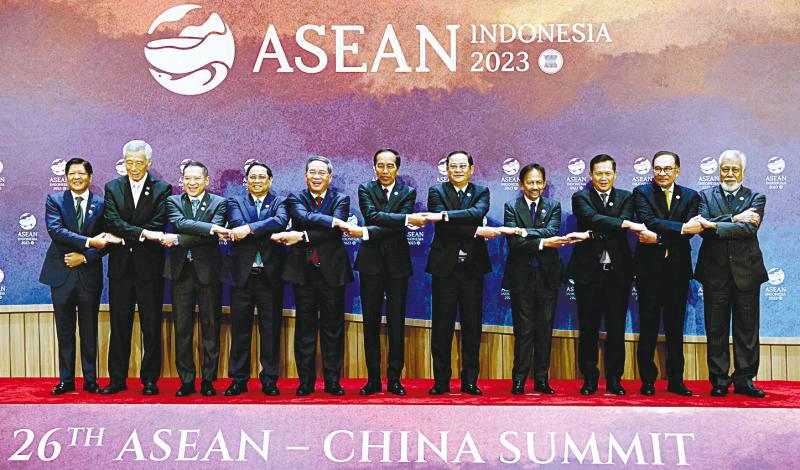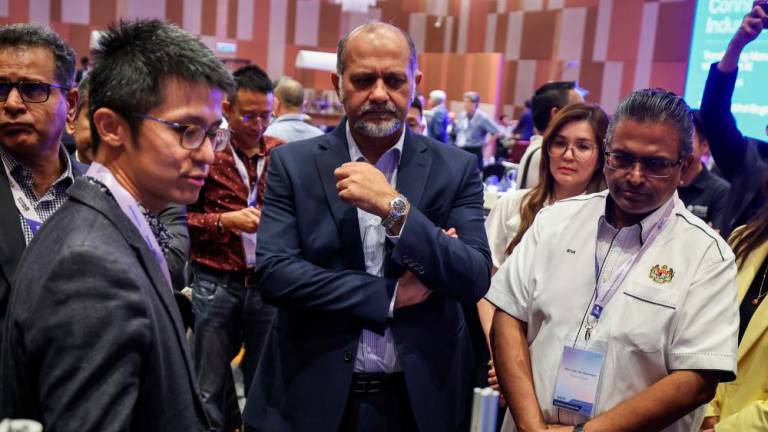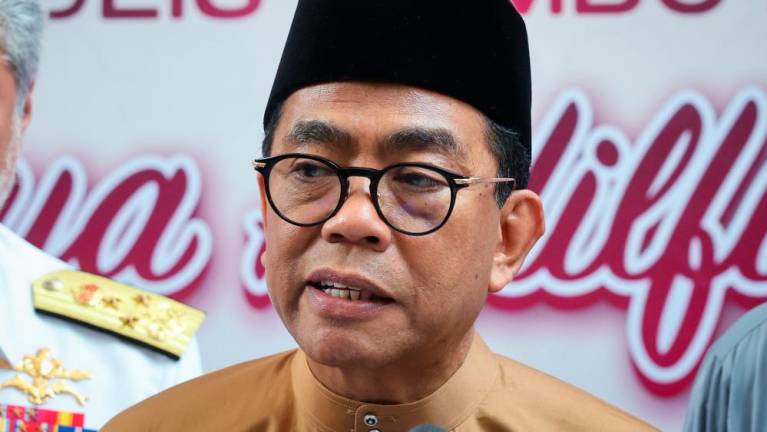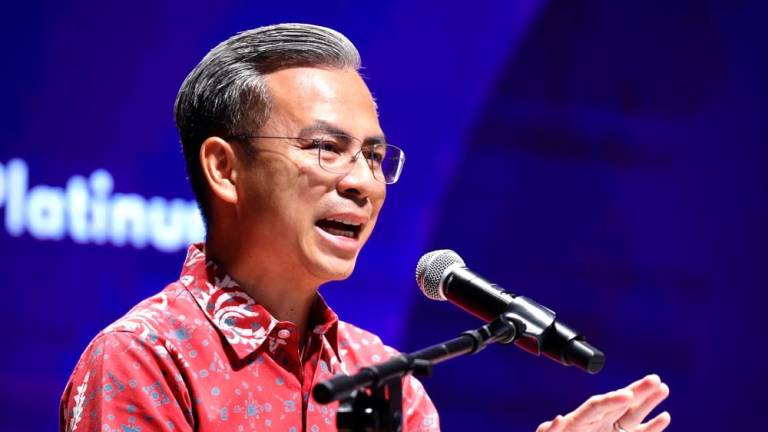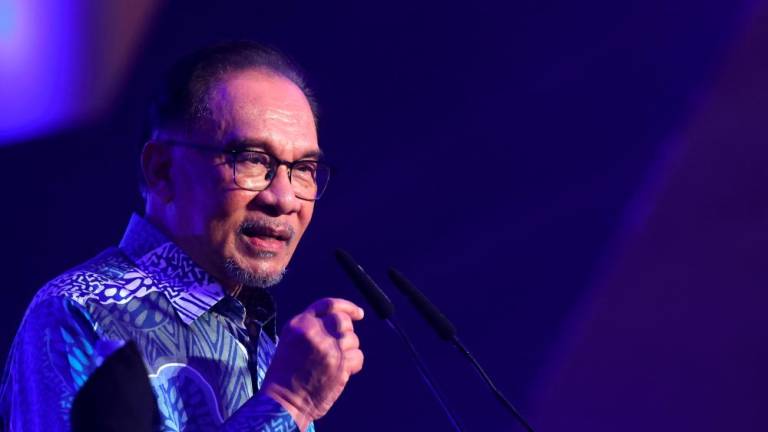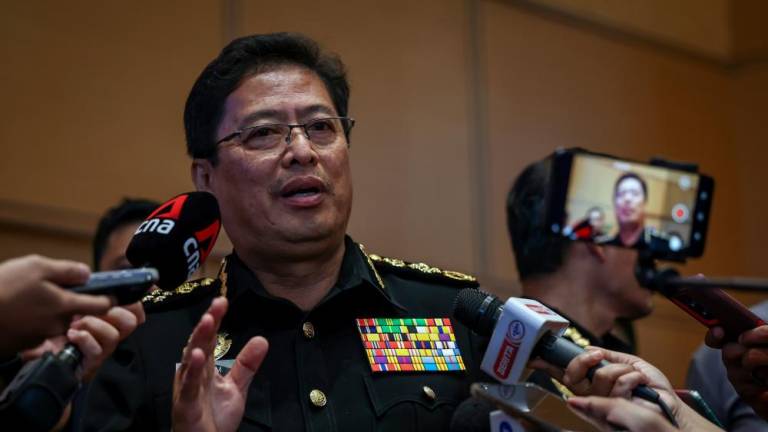THE 43rd Asean Summit and its associated meetings in Jakarta once more exemplify clear power dynamics and a lack of concerted action in addressing emerging threats and pressing risks. This persistent cycle is entangled with conflicting individual and collective interests, as well as strategic calculations, impeding progress in enhancing conflict prevention mechanisms.
Malaysia depends on Asean for economic assurance as it remains the most trusted, proven and geographically reliable source of trade, security and sustainability amid global headwinds.
Having a combined Gross Domestic Product of nearly US$3 trillion (RM14 trillion), Asean is the fifth-largest economy globally, projected to become the fourth-largest economy by 2030.
Although intra-Asean trade has been disappointing, which currently stands at only 22.3%, and imbalances in state economic prowess have been widening, Asean remains the most assured economic stabiliser and source of energy and food security for most members and Malaysia.
Asean is seen by Malaysia as the most important economic and security bulwark of assurance, especially in the long term.
Malaysia is cognisant that overwhelming dependence on China will not be sustainable, especially with China’s decline in growth and socioeconomic crisis. The slowdown in China’s public demand and consumption and the deflation crisis have also impacted Malaysia.
The risks of greater Chinese presence in Myanmar in terms of security and resources, including natural resources, rare earth and gems, have caused wariness among other players, with the potential of greater returns for China in gaining access to the Indian Ocean and providing second front assurances of bolstering its continental influence.
Malaysia’s strong stance on the Myanmar dilemma is also seen as stemming the tide of the growing regional trend of authoritarianism.
However, the inefficacy of Asean in dealing with the Myanmar crisis may eventually fade the regional grouping into oblivion. Regional players are scrambling to preserve unity amid growing discord and differences in facing the crisis.
If left unchecked, the Myanmar crisis will destabilise the region, serving as a potential hotbed for extremism. It remains the Achilles heel for Asean, exposing deep-rooted limits and implications of its slow decision-making processes that are hampered by its preservation and accommodation of the diverse make-up of its members, ranging from semi-democracy to authoritarianism.
Security returns
Asean is a vital platform for Malaysia and other members as a soft landing in standing up to China, to soften the tone of direct official confrontation.
For the South China Sea, regional members will want Asean to have a greater collective voice to break China’s divide-and-rule model.
Manila has been wanting Asean to play a central role in reprimanding China, and to elevate its security role rather than the conventional and habitual role of economic and diplomatic enabler.
Asean is seen as weak by many in the West to deter Chinese aggression. For Asean to maintain its neutrality and centrality, it will need assurances from external forces.
Regional players, especially Manila, Hanoi and Jakarta, realise the importance of Asean as a buffer to mitigate China’s assertiveness and as a means to secure increased economic and military support from Western nations. They are aware that their influence over China is limited.
Individually or collectively, the region cannot achieve the status of dictating China’s economic coercion or military behaviour in the region as it depends more on China for its survival than vice versa, although this is beginning to tilt in Asean’s favour in light of China’s economic decline.
Nevertheless, China will want to avoid a simultaneous four-pronged conflict – Taiwan (which will involve Japan and South Korea), the South China Sea conflict, the Himalayan border clash with India and potential future adversary with Moscow (Washington’s potential strategy to cut off Moscow-Beijing alliance).
Region’s lifeline to China
China depends on the region not to pivot to the West, which will complicate its military agenda in the South China Sea and the region, as this could have consequences for its overarching goal of extending influence in the Pacific, deterring Western support and securing maritime trade routes as well as ensuring energy and food security.
Once China can mitigate its Malacca dilemma by utilising routes through Myanmar, Gwadar port in Pakistan and future passages, such as the Northern Sea Route in the Arctic as well as the Lombok and Sunda Straits, the South China Sea will become strategically significant for Taiwan’s security.
It will also serve as a militarised stronghold, enabling China to enhance its ability to target US naval forces, extending its reach as far as the continental US and Alaska.
The oil and gas deposits and the rich marine resources will be a bonus.
The Asean Summit provided China with an opportunity to bolster its economic initiatives and influence.
China has signed new agreements with Asean on several key aspects, including agriculture, which is being hailed as the emerging catalyst in China-Asean relations.
China needs assurances of food security, and the region provides a vital source of support to address its escalating food insecurity as a result of climate change that has disrupted its domestic food production capacities and in withstanding the potential weaponisation of food resources that can affect China’s capacity to feed its population.
Its food dependence can only be partially fulfilled by satellite states, such as Cambodia and Laos, and the recent ban on white rice exports by India has heightened China’s urgency in this regard.
China knows that the exodus of top firms will benefit the region as these firms eventually will target Vietnam, Indonesia or Malaysia as their main destinations.
Complementing factor
Increased strategic economic deepening of ties and presence in key sectors, including semiconductor and rare earths, are critical for China in its resilience and preparation for US economic ban and decoupling.
Asean is seen as a complementing factor for Beijing’s BRICS (Brazil, Russia, India, China, and South Africa) and Global South agenda in extending its hold on the looming role and future of the perceived “rise of the middle powers”.
China realises that using the economic coercion and overdependence card will no longer work, and now the only option is hard power intimidation to drive home the key message that China is the inevitable neighbour.
China is also ramping up its defence diplomacy in winning over the region and projecting itself as a responsible military and big power role and provider.
This is to force the region to realise that there is only one tangible and credible path of long-term future assurances with Beijing, to make the symbiosis of China-Asean relations the bedrock of regional stability and that the future lies with China and not India or South Korea twin offering of economic support and investments.
Through these actions, Beijing puts forth the argument that its public infrastructure, economic and investment ventures and military efforts promote a stance of supportive neighboring relations, in contrast to what it portrays as the distant and agenda-driven intentions of Western powers.
China has also repeatedly warned of a new Cold War and warned Asean not to fall for the West’s bloc mentality, to ensure Asean remains neutral.
Asean has been in a perpetual state of limbo by the power projection in case of a full-blown South China Sea or Taiwanese conflict.
Although Asean is aware of this reality, it lacks the willpower and overriding factors to break its long-held mantra. Indonesia, as the host, adopted yet another low-key and neutral approach in omitting the issues of the South China Sea and the new map controversy from the summit.
Fading into make-believe reality
Asean continues to hedge and balance, sticking to tried and proven methods. Other subtle ways to gradually change its approach are now understood to be not only urgent but critically defining.
This includes efforts to rope in more partners and strengthen ties with the European Union, Canada, Japan, South Korea and others – to send a message to China that the future economic power and dependence of Asean cannot be with China alone. For the realisation of the Asean Community Vision of 2045, Asean will need to look beyond China.
The region knows that Asean, as a common platform, can be used to lure collective investment and overtures of security and economic spillover impact from other powers.
Regional players know that they are unable to stand alone, as different players provide different support tools, and strengthening Asean will provide greater collective bargaining power and chip.
Asean knows that security is the riskiest area that will be the acid test for its future relevance, and is working to encourage other powers to play their part and to invest more in security and economy in the region, but in a way not to invite Chinese bellicosity.
Considering its present stance of neutrality, offering passive lip service, and adopting a strategy of enabling all parties to reap benefits, Asean’s future appears stuck in an ongoing cycle of perpetual caution.
The writer is a foreign affairs and security strategist at Universiti Malaya. Comments: letters@thesundaily.com



